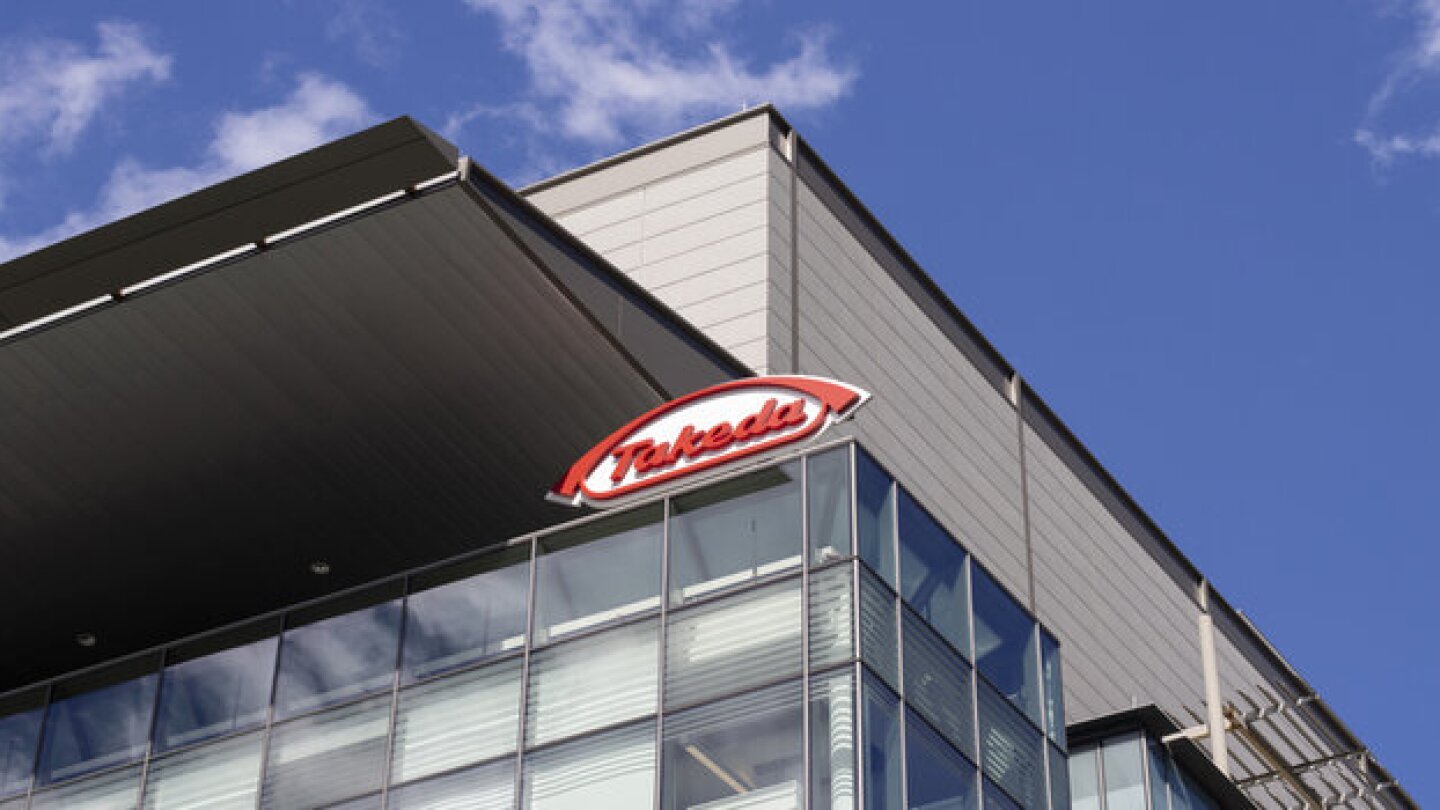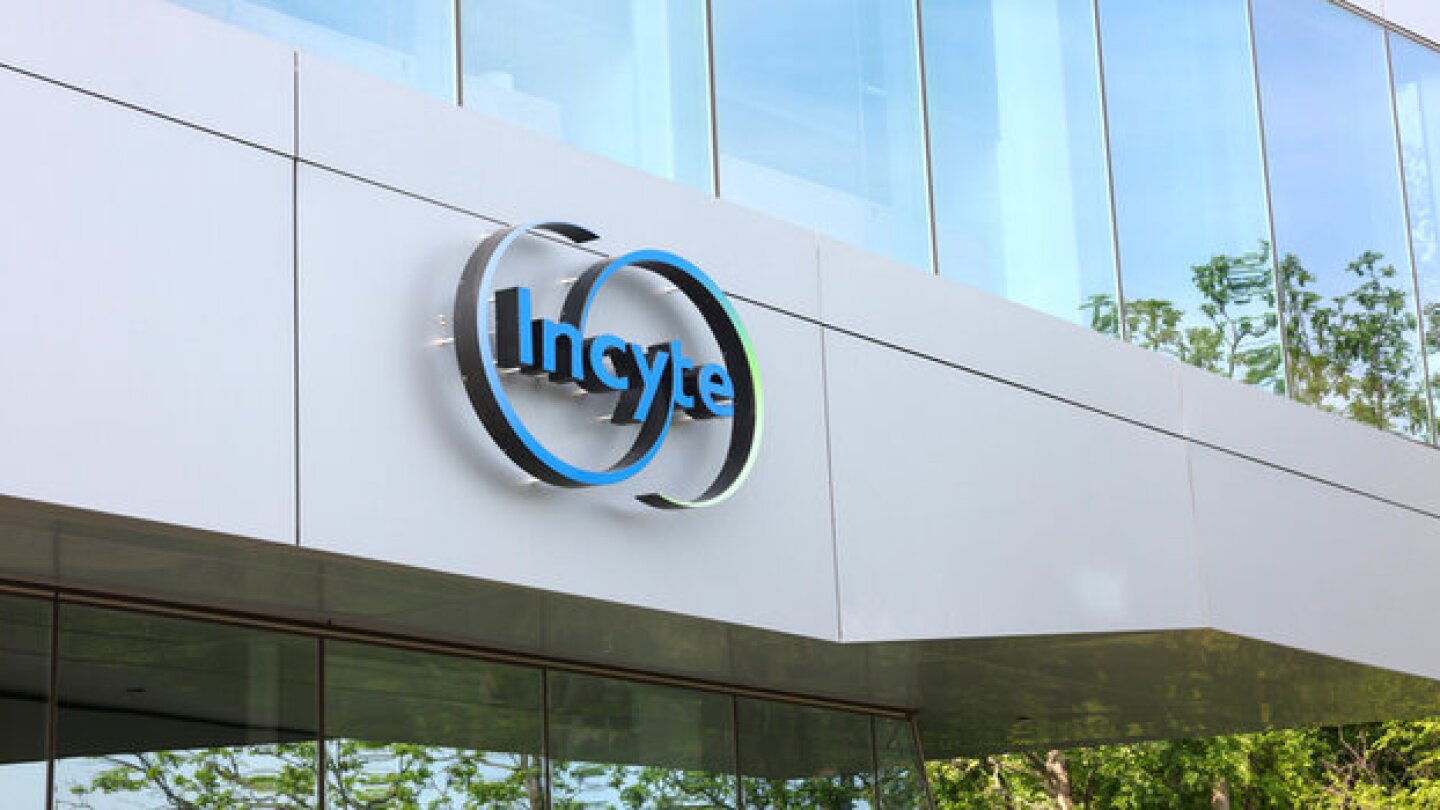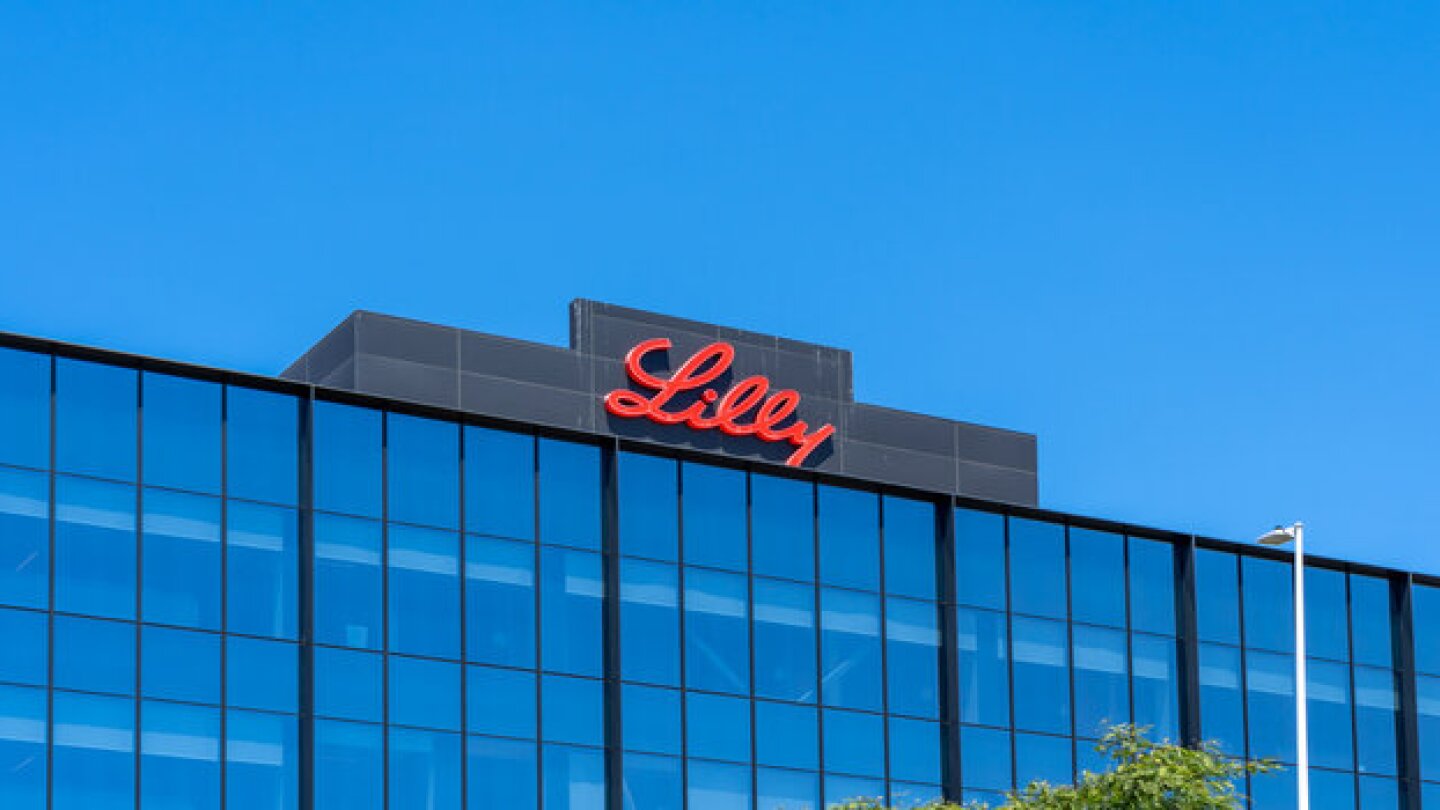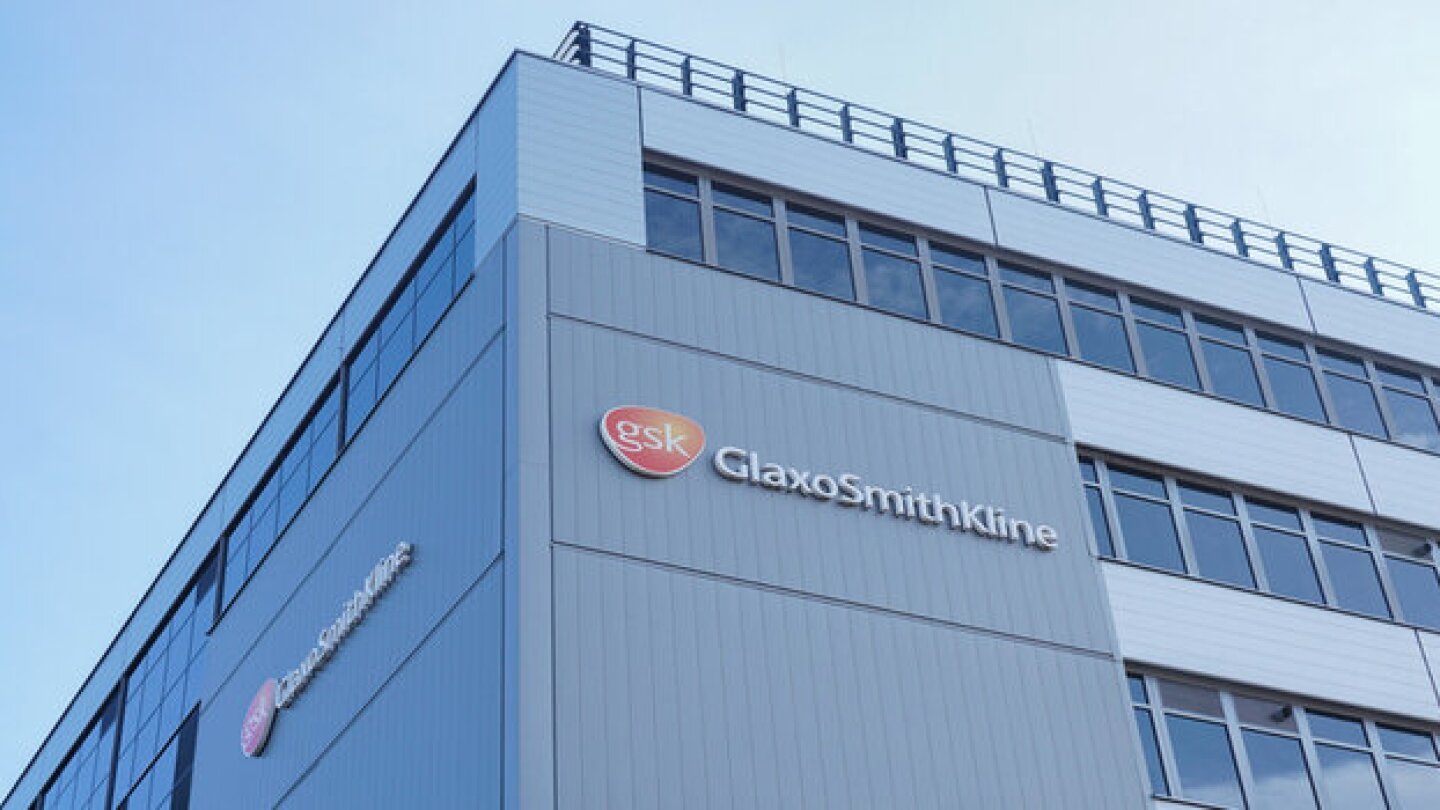Collaboration
BridGene strikes another partnership with Takeda as the latter company continues its dealmaking streak, following high-ticket agreements with Keros Therapeutics, AC Immune and Degron Therapeutics in the past nine months.
A cautionary tale illustrates how forging a deal with a Big Pharma can have unexpected and far-reaching tax consequences.
Amgen will continue to advance half of the combo, PRMT5 inhibitor AMG 193, for which it is running a mid-stage trial in MTAP-null advanced non-small cell lung cancer.
The pharma giant inked its third T cell engager deal of 2025 Wednesday—this time with Xilio Therapeutics for tumor-activated immunotherapies.
The funding agreement comes as Biogen revealed a modest Q4 sales beat, which analysts expect will be “overshadowed” by the company’s forecasted dip in 2025 revenues.
The partnership dates back to 2015, when Incyte paid $60 million upfront for access to four checkpoint programs, including TIM-3, LAG-3, OX40 and GITR.
Eli Lilly inked two collaborations on Monday, one focused on cardiometabolic diseases with South Korea’s OliX Pharmaceuticals and another for cancer therapies with Australia’s AdvanCell.
According to the lawsuit, Sanofi has failed to provide partner Regeneron adequate information regarding the sales of Dupixent—including agreements with payers and pharmacy benefit managers that determine pricing and rebates for the drug.
Kuro Oncology and partner Kyowa Kirin are on track for an NDA submission for ziftomenib in the second quarter of this year.
Despite significant dips in its vaccines sales, the British pharma narrowly beat consensus estimates for Q4 2024 and raised 2031 sales projections to just over $50 billion.
PRESS RELEASES










